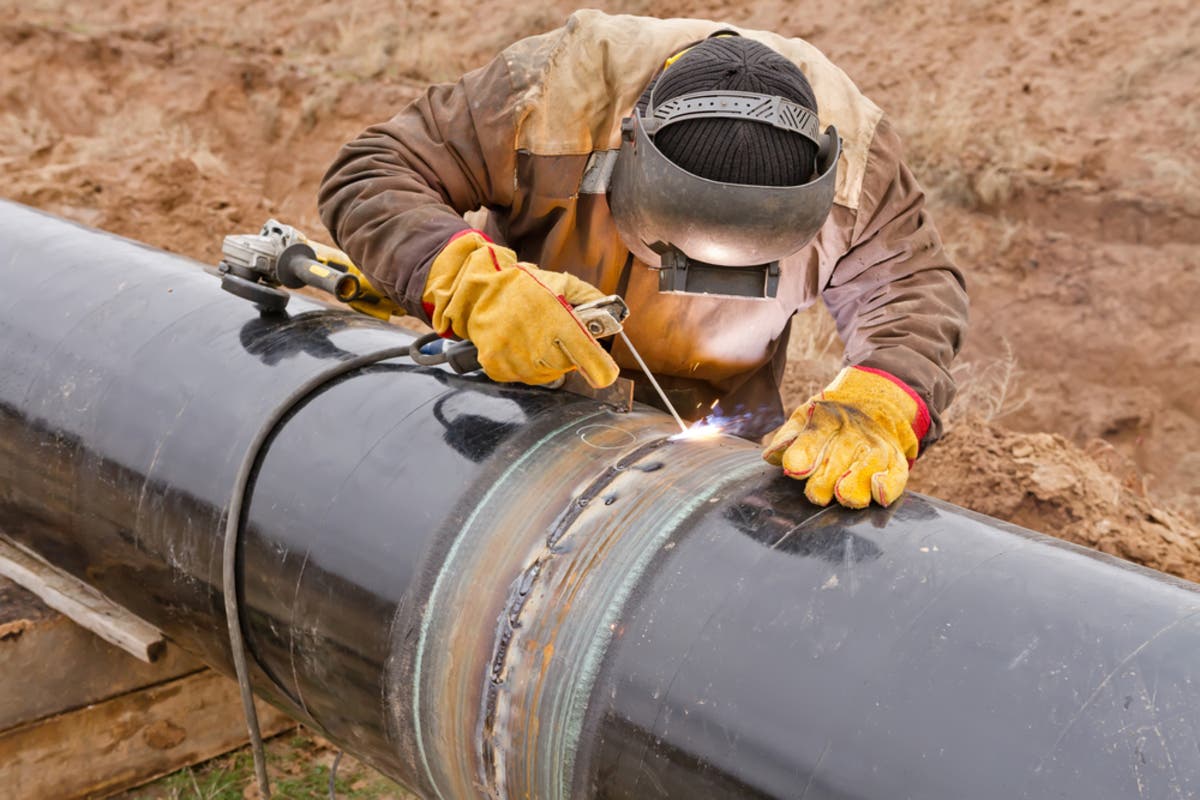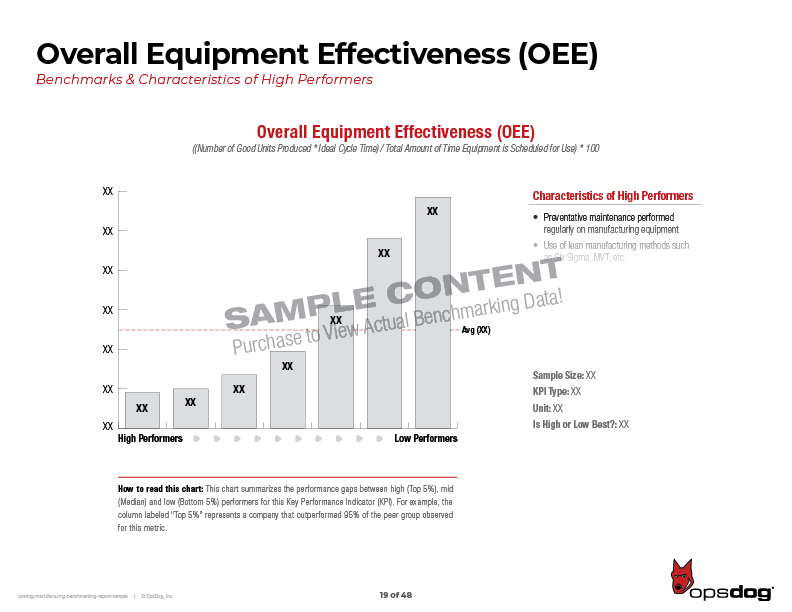
Manufacturing engineering is commonly referred to by the term production engineering. This type of engineering has many similarities to other engineering fields. This area of engineering is a great way to find your niche and be a part of the company's success. These engineers can ensure that a product and service meet high quality standards.
Job duties
The job of a production engineer involves coordinating and analyzing the production process, from design to implementation. This position requires attention to detail, and commitment to safety in the workplace. Production engineers also ensure that their company maintains high quality standards and environmental safety, and they evaluate existing production activities to identify ways to improve them.
A production engineer helps a company produce products quickly and affordably, and they also play a key role in implementing automation. They might be asked to examine and analyze existing production processes or they may concentrate on one part of the production process. They may also train production workers and adjust software.

Excellent communication skills are essential for this job. Engineers must be able explain complicated engineering concepts clearly. This is because engineering can involve complex mathematics and calculations. Production engineers may use equations in order to predict the final product's cost or to solve problems within their manufacturing lines.
Education is required
The first step toward a career as a production engineer is to acquire a bachelor's degree in manufacturing or industrial engineering. Some employers may prefer a master's degree, especially for research-oriented manufacturing positions. It is helpful to have proficiency in one or several specialized areas.
Industrial engineers bring creativity and analysis to improve the efficiency in production processes. They seek to eliminate waste and develop new methods to use materials, equipment, and employees more efficiently. As they have to be able to explain complicated processes to nontechnical audiences, they also need to possess good communication skills. Being able listen to and understand others' opinions and points of view is a key component of good communication skills.
Manufacturing engineers get hands-on training during the degree program. Safety regulations and procedures will be covered. A Professional Engineer license issued by the National Society of Professional Engineers is required. This license is important, because it tells employers and clients that you've obtained the necessary credentials. It is also important that you renew your license according state requirements.

Salary
The salary of a production engineer varies greatly, depending on location and company. Production engineers are mostly employed in an office environment. However, they can also travel to manufacturing sites to inspect machinery or improve processes. Some production engineers work independently, while others work in larger companies. Production engineers are expected, apart from their salaries, to finish their work on-time.
Production engineers work in collaboration with other professionals to ensure the safety and quality of the final product. To ensure the highest quality production, they work closely together with designers. They may also be responsible for maintaining safety standards and training factory workers in safety procedures. While this job description doesn't cover all the duties and responsibilities that a production engineering has, it does give an idea of what they are responsible for.
Production engineers' salaries depend on their level of experience. The salary for entry-level production engineers is around Rs2.5 Lakhs per annum. Mid-level engineers could earn Rs3.8 Lakhs. Experienced production engineers can make as much as Rs6.1 lakhs per year.
FAQ
What is the role and responsibility of a Production Planner?
Production planners ensure that all project aspects are completed on time, within budget and within the scope. They also ensure that the product/service meets the client’s needs.
What types of jobs can you find in logistics
There are many kinds of jobs available within logistics. Some of them are:
-
Warehouse workers: They load and unload trucks, pallets, and other cargo.
-
Transport drivers - These are people who drive trucks and trailers to transport goods or perform pick-ups.
-
Freight handlers are people who sort and pack freight into warehouses.
-
Inventory managers: They are responsible for the inventory and management of warehouses.
-
Sales reps - They sell products and services to customers.
-
Logistics coordinators – They plan and coordinate logistics operations.
-
Purchasing agents are those who purchase goods and services for the company.
-
Customer service representatives - Answer calls and email from customers.
-
Shippers clerks - They process shipping order and issue bills.
-
Order fillers are people who fill orders based only on what was ordered.
-
Quality control inspectors are responsible for inspecting incoming and outgoing products looking for defects.
-
Others – There are many other types available in logistics. They include transport supervisors, cargo specialists and others.
What is the responsibility of a logistics manager?
Logistics managers are responsible for ensuring that all goods arrive in perfect condition and on time. This is achieved by using their knowledge and experience with the products of the company. He/she also needs to ensure adequate stock to meet demand.
What are the main products of logistics?
Logistics are the activities involved in moving goods from point A to point B.
They cover all aspects of transportation, such as packing, loading, transporting and unloading.
Logisticians ensure that products reach the right destination at the right moment and under safe conditions. Logisticians assist companies in managing their supply chains by providing information such as demand forecasts, stock levels and production schedules.
They can also track shipments in transit and monitor quality standards.
Statistics
- In the United States, for example, manufacturing makes up 15% of the economic output. (twi-global.com)
- According to a Statista study, U.S. businesses spent $1.63 trillion on logistics in 2019, moving goods from origin to end user through various supply chain network segments. (netsuite.com)
- [54][55] These are the top 50 countries by the total value of manufacturing output in US dollars for its noted year according to World Bank.[56] (en.wikipedia.org)
- (2:04) MTO is a production technique wherein products are customized according to customer specifications, and production only starts after an order is received. (oracle.com)
- Job #1 is delivering the ordered product according to specifications: color, size, brand, and quantity. (netsuite.com)
External Links
How To
Six Sigma in Manufacturing
Six Sigma can be described as "the use of statistical process control (SPC), techniques to achieve continuous improvement." It was developed by Motorola's Quality Improvement Department at their plant in Tokyo, Japan, in 1986. Six Sigma's main goal is to improve process quality by standardizing processes and eliminating defects. This method has been adopted by many companies in recent years as they believe there are no perfect products or services. Six Sigma's main objective is to reduce variations from the production average. If you take a sample and compare it with the average, you will be able to determine how much of the production process is different from the norm. If this deviation is too big, you know something needs fixing.
The first step toward implementing Six Sigma is understanding how variability works in your business. Once you have a good understanding of the basics, you can identify potential sources of variation. Also, you will need to identify the sources of variation. Random variations are caused when people make mistakes. While systematic variations are caused outside of the process, they can occur. If you make widgets and some of them end up on the assembly line, then those are considered random variations. However, if you notice that every time you assemble a widget, it always falls apart at exactly the same place, then that would be a systematic problem.
Once you've identified where the problems lie, you'll want to design solutions to eliminate those problems. It might mean changing the way you do business or redesigning it entirely. Once you have implemented the changes, it is important to test them again to ensure they work. If they don't work you need to rework them and come up a better plan.